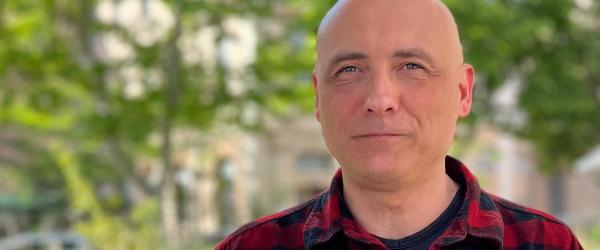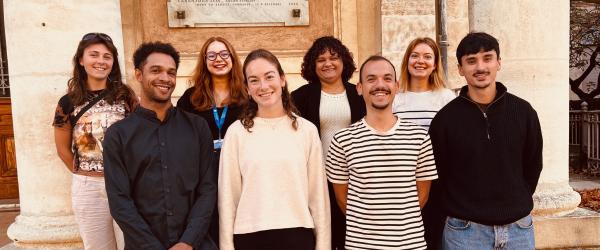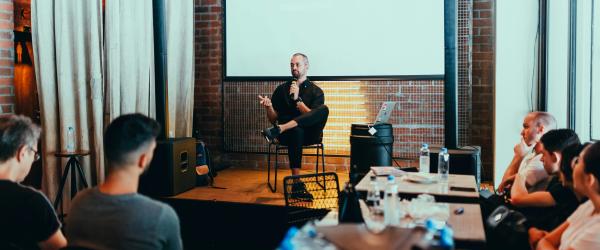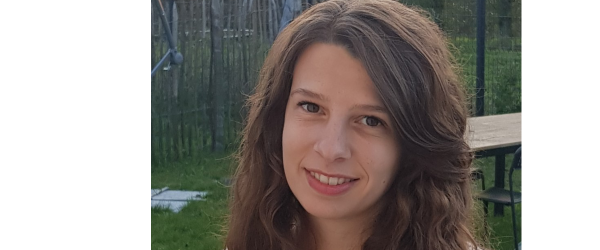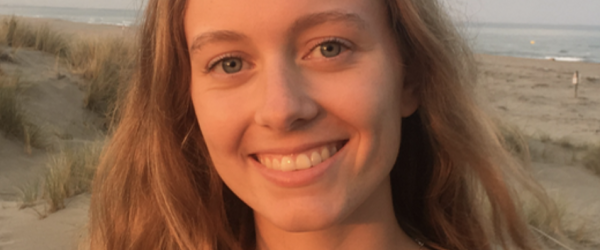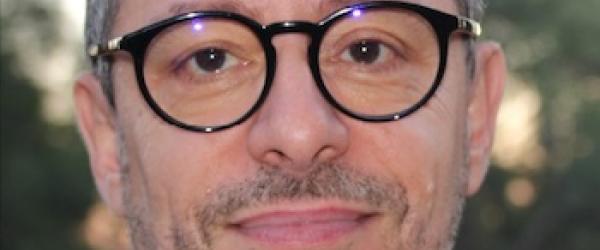Les séminaires du Lundi accueillent Lundi 27 Mai 11H - Espace Pouillon : Paolo GUBELLINI (Co-Responsable Equipe BASALGANG) & Juliette GRANIOU (Doctorante co-direction de thèse avec Xavier CAUBIT/ IBDM)
Title: TSHZ3-linked autism spectrum disorder and striatal cholinergic modulation
Abstract: Autism spectrum disorder (ASD) is characterized by abnormalities in two core behavioral domains, namely social interaction deficits and restricted, repetitive behaviors (RRBs). We previously showed that haploinsufficiency of the gene TSHZ3 (TSHZ3-/+) is linked to an ASD syndrome with renal tract abnormalities, and modeled this pathology in transgenic mice with heterozygous Tshz3 deletion. Alterations in central cholinergic systems are implicated in ASD, and several evidences point to striatal cholinergic interneurons (SCINs) as potential players in RRBs. To get more insights on the possible role of SCINs in TSHZ3-linked ASD, we recently produced and characterized a new conditional knock-out (cKO) mouse model with targeted deletion of Tshz3 in cholinergic neurons expressing the choline acetyltransferase (Chat) enzyme (Chat-cKO). These Chat-cKO mice show a drastic decrease of SCINs’ spontaneous spike activity revealed by an electrophysiological approach (patch-clamp on brain slices), and an altered distribution of SCINs within the striosome/matrix compartments of the striatum. Moreover, Chat-cKO mice selectively express RRBs without social interaction deficits. Based on these findings, we aim now at establishing a causal link between the loss of Tshz3 in SCINs, the altered function and distribution of these interneurons, and RRBs. To achieve this goal, we are characterizing the cholinergic modulation of striatal neuron excitability and circuitry in Chat-cKO mice vs. control, and testing the therapeutic potential of cholinergic drugs as a possible treatment for improving RRBs.










